Hemoglobin is an essential blood protein. It carries oxygen from the lungs to body tissues. A low hemoglobin level (normal range: women 12–16 g/dl, men 13–18 g/dl) can cause anemia and other health problems.
Hemoglobin relates to iron-rich foods. There are many animal sources that can increase hemoglobin, but here we cover some of the best plant-based sources that can increase hemoglobin quickly and that everyone can eat. For better iron absorption, pair with Vitamin C–rich foods (citrus, amla, bell pepper, tomato, berries, lemon juice). (1)(2)
1. Spinach
Spinach is one of the highest plant-based sources of iron. 100 g of spinach contain about 2.7 mg of iron (1). It contains non-heme iron, which isn’t as easily absorbed as heme iron. Pair with Vitamin C–rich foods to maximize absorption.
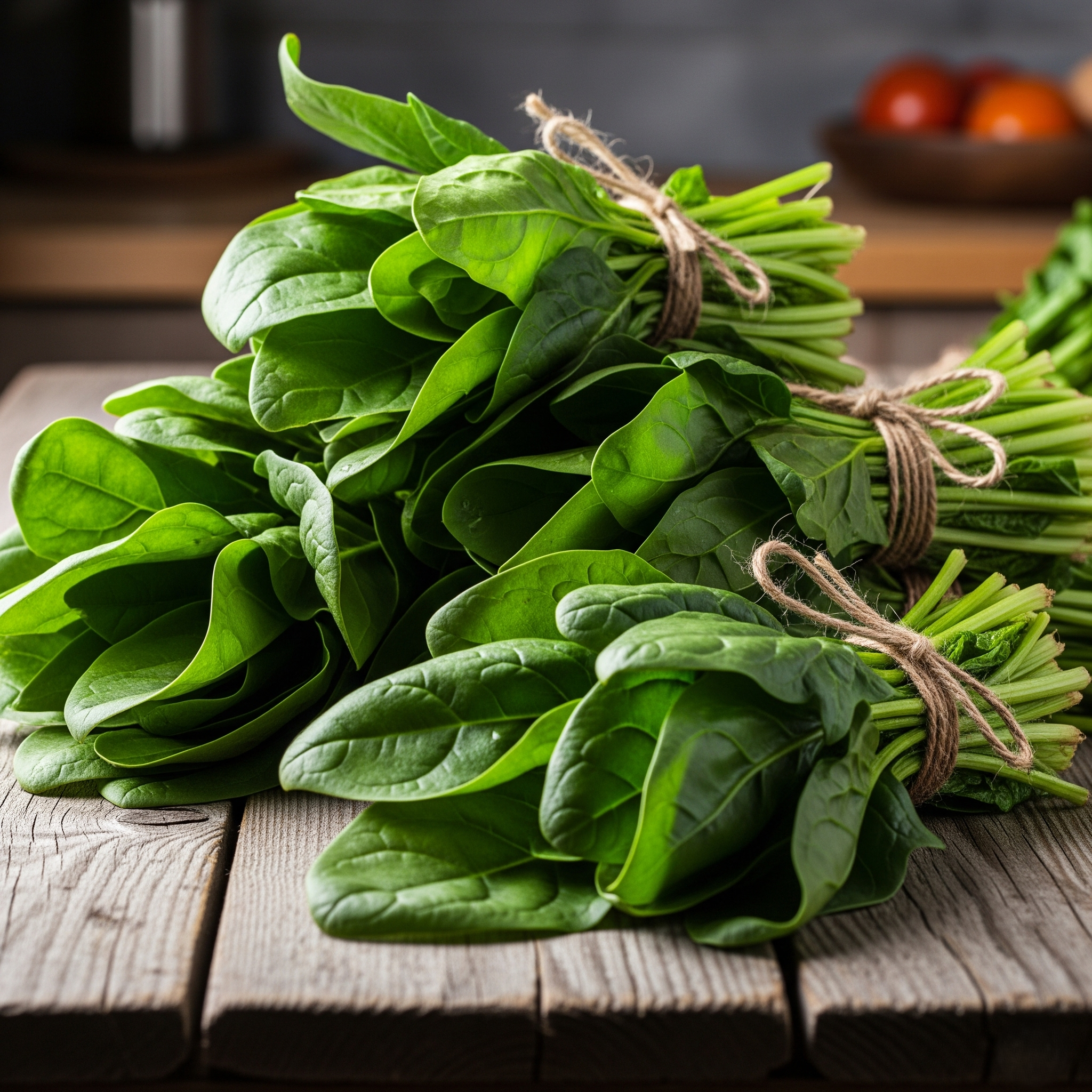
2. Lentils
Lentils are a good source of iron. 100 g of boiled lentils provide about 3.3 mg of iron (3). Add more lentils to your diet regularly if hemoglobin is low—they can support both iron and hemoglobin.
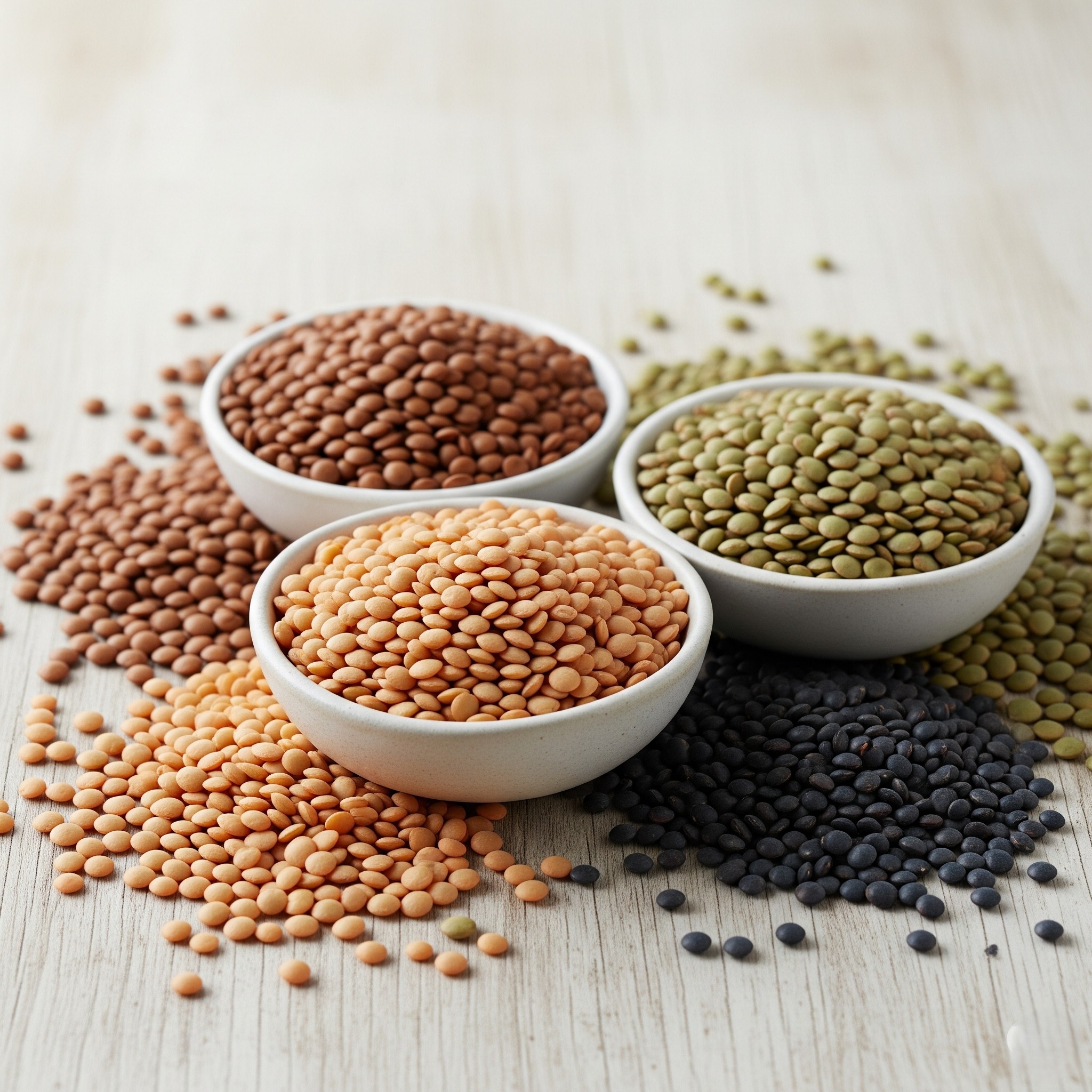
3. Tofu
Tofu is a popular soy-based protein source that is rich in iron. 100 g of tofu provides roughly 5.4 mg of iron (4). It’s also rich in protein, minerals, and nutrients. Great in stir-fries, curries, scrambles, and grills. If set with calcium salts it also provides calcium.
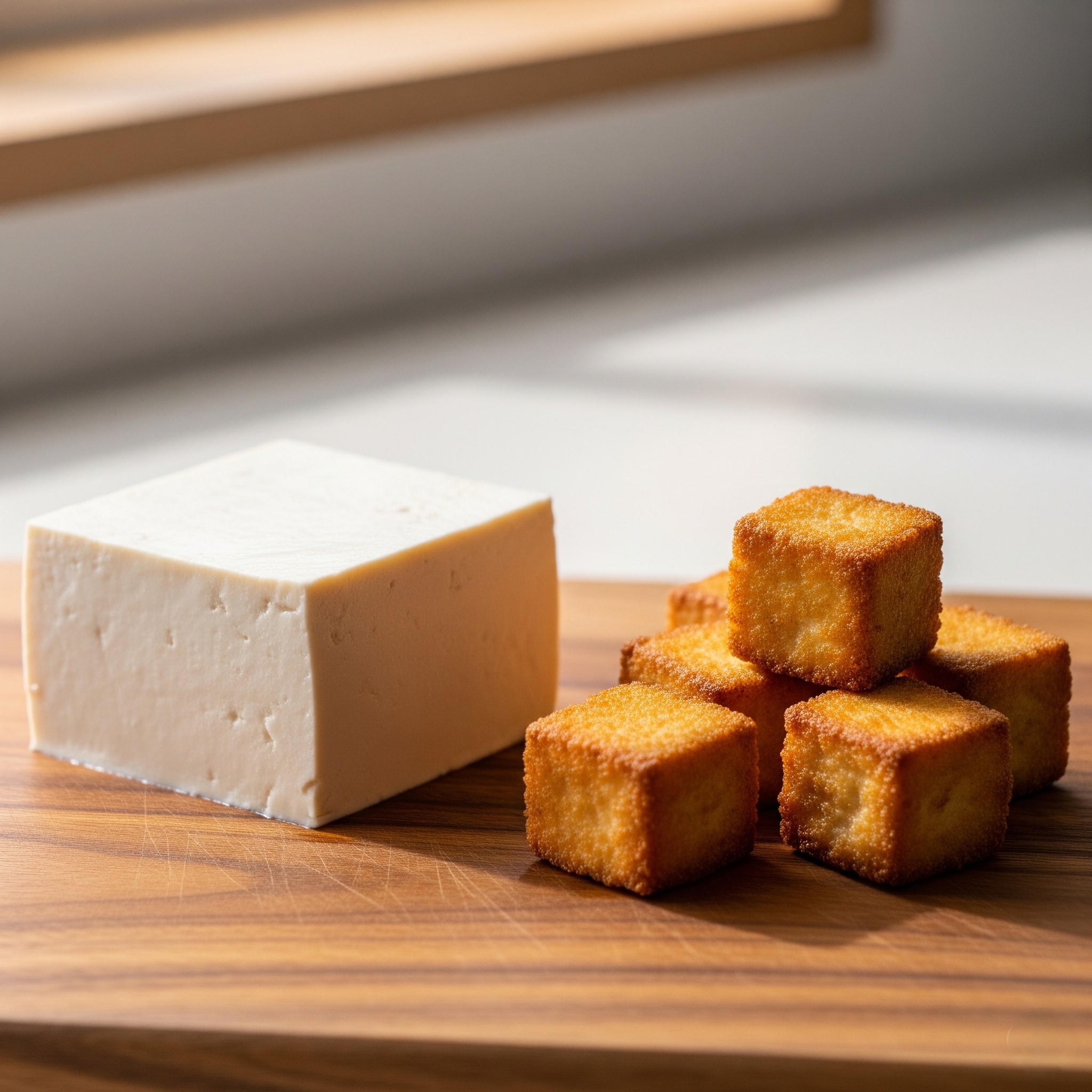
4. Chickpeas
Chickpeas are an excellent source of iron, which helps prevent iron deficiency. 100 g of dry chickpeas contain about 4.4 mg iron; 100 g cooked provide ~2.9 mg (5). They also contain a little Vitamin C, which can improve iron absorption. A well‑rounded plant iron source.
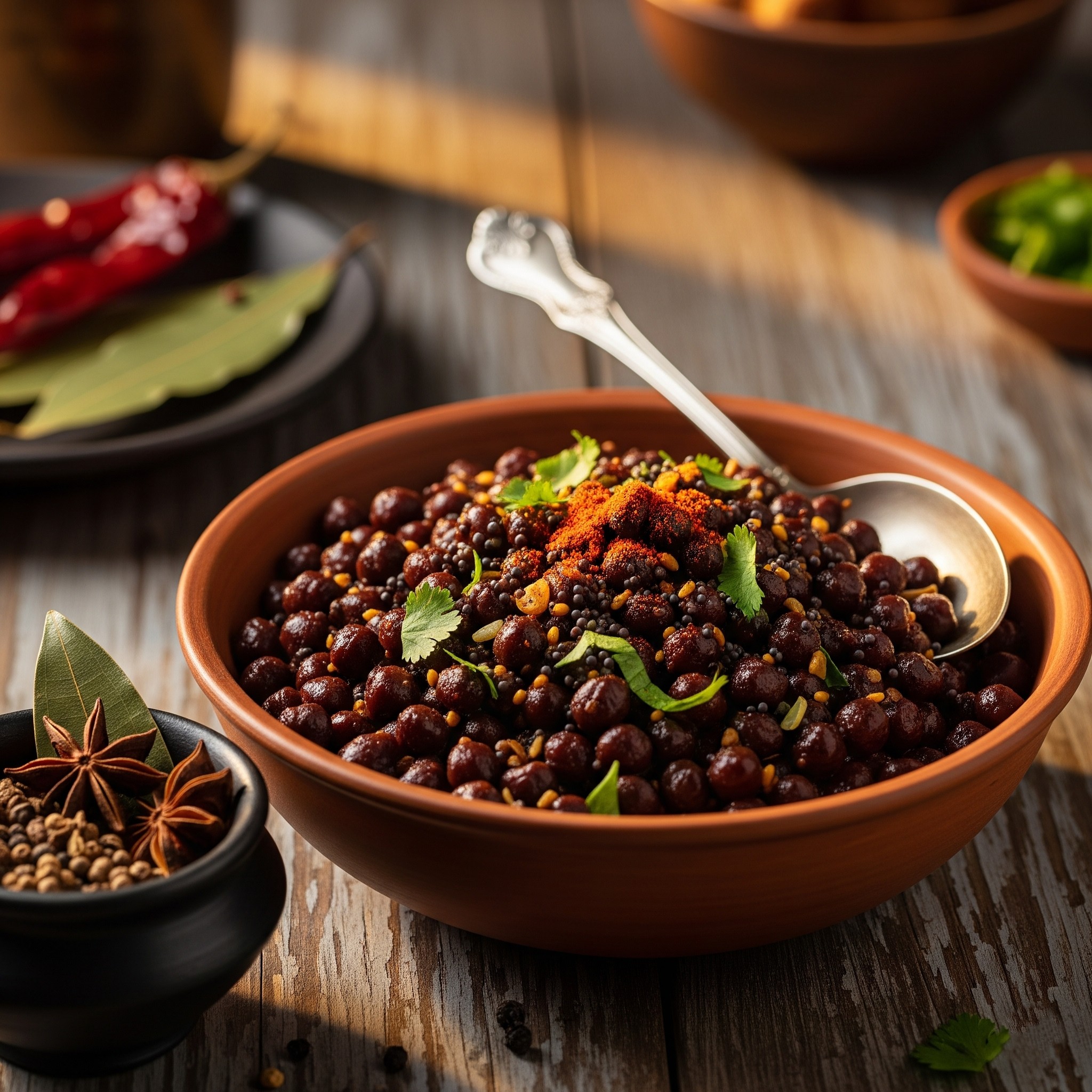
5. Sesame Seeds
Sesame seeds are a good source for supporting hemoglobin. One tablespoon provides about 1.4 mg iron (≈14.6 mg/100 g) (6). They also provide copper, zinc, Vitamin E, and phosphorus.
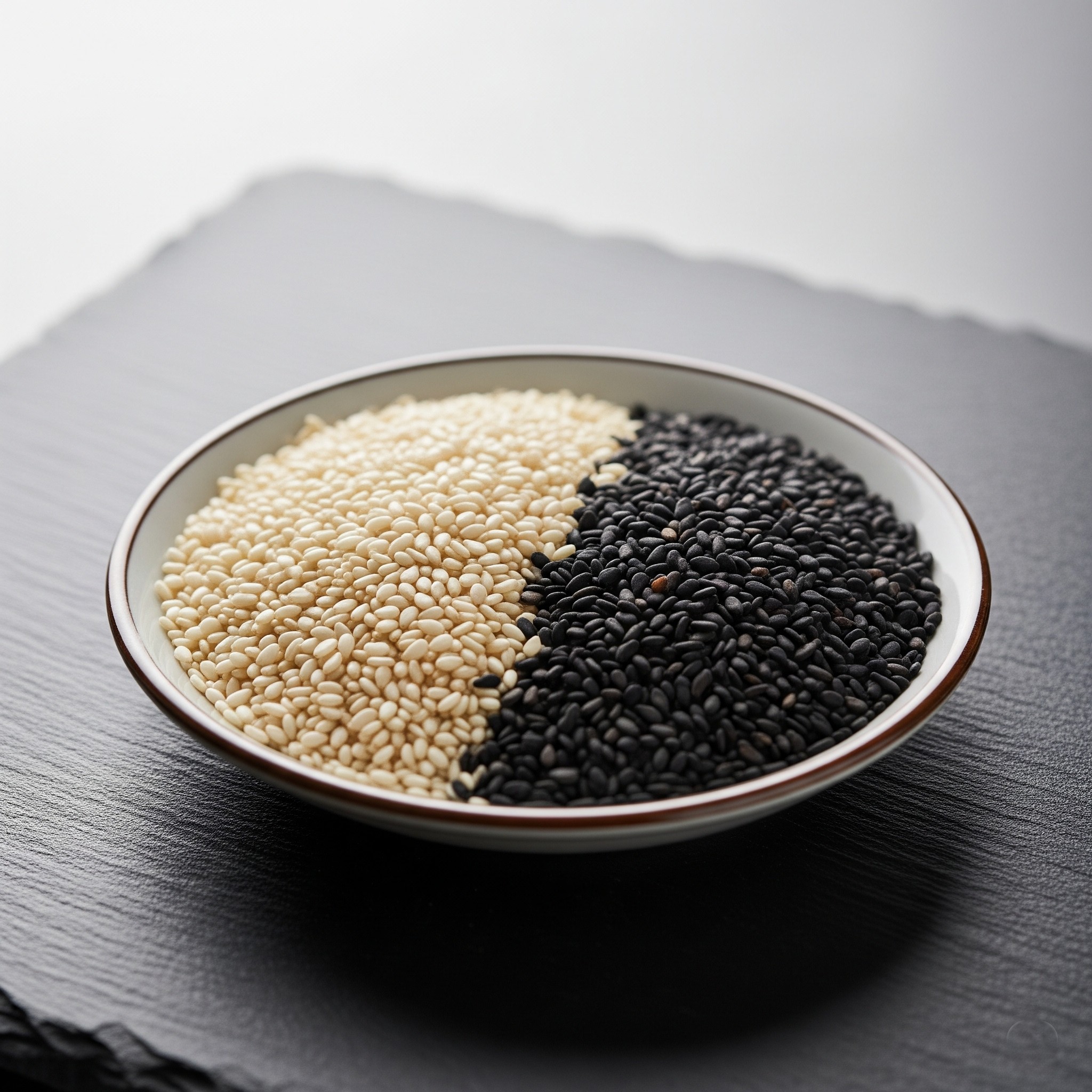
6. Pumpkin Seeds
Pumpkin seeds are rich in iron, antioxidants, zinc, magnesium, and phosphorus. 100 g dried provide about 8.8 mg iron (7). They also support weight management, immune, sleep, and reproductive health.
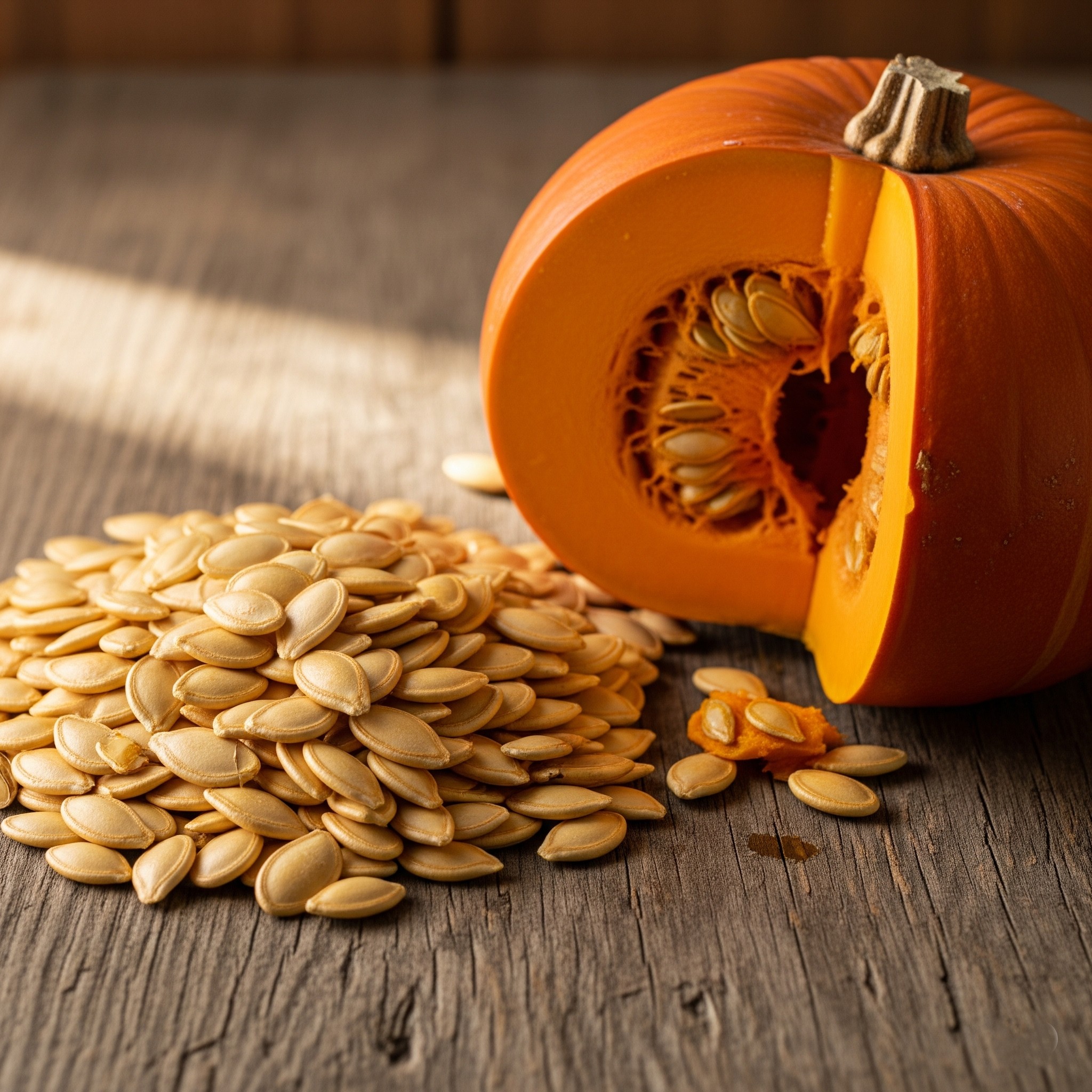
Foods to Limit Around Iron-Rich Meals
- Tea / Coffee – Tannins and caffeine can bind and inhibit iron absorption. Have them at least 1 hour away from iron-rich meals.
- High-calcium dairy (milk, cheese, yogurt) – Calcium competes with iron absorption. Space 1–2 hours apart if you rely on plant iron sources.
Quick Absorption Tips
- Add Vitamin C (lemon juice, peppers, berries) to meals containing legumes, greens, seeds.
- Avoid pairing iron-rich meals with large dairy portions.
- Cook in cast iron cookware (can slightly increase iron content of acidic foods).
- Soak, sprout, or ferment legumes/seeds to lower phytates.
Sample One-Day Iron Support (Plant Focus)
- Breakfast: Oatmeal with pumpkin seeds, sesame tahini drizzle, berries (Vitamin C)
- Lunch: Spinach + lentil soup with lemon
- Snack: Roasted chickpeas with paprika and a mandarin
- Dinner: Tofu stir-fry with bell peppers and sesame seeds, side of steamed greens